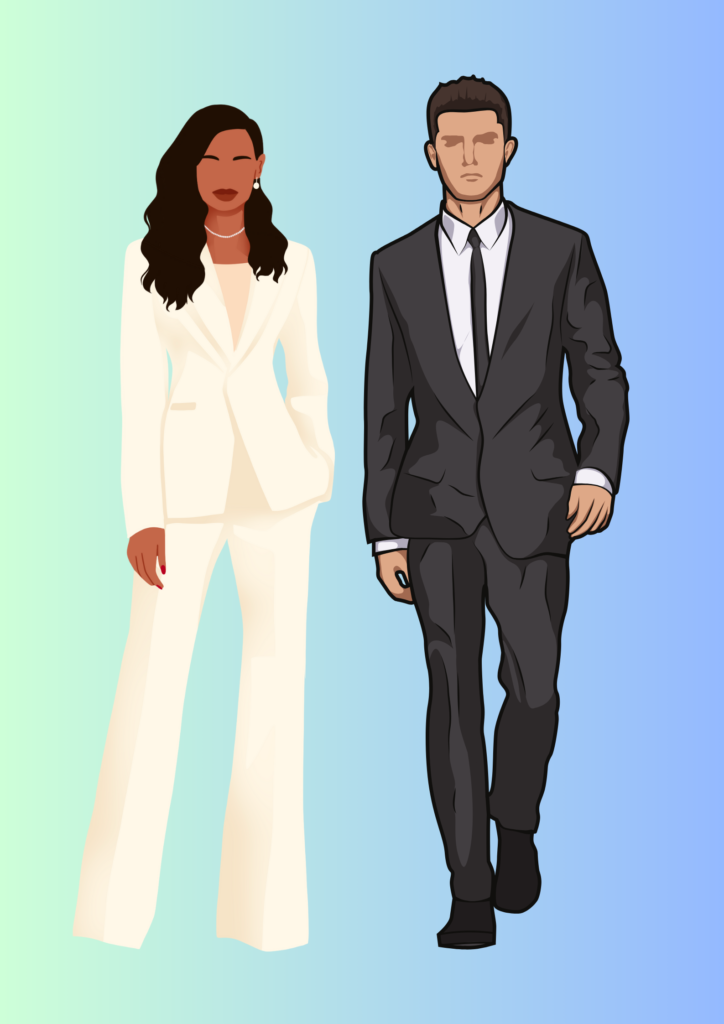Navigating Professional Attire: A Comprehensive Guide for All

Understanding Office Dress Codes
Business Professional
- Description: This dress code is the most conservative and is commonly observed in fields like finance, banking, government, and law.
- Requirements:
- For Men: Opt for tailored suits or pantsuits paired with button-down shirts. Ties are often expected.
- For Women: Knee-length pencil skirts or pantsuits with blazers are appropriate. Closed-toe shoes (heels, flats, or oxfords) complete the look.
Business Formal
- Description: Business formal attire is slightly more dressed up and is suitable for events like awards ceremonies.
- Requirements:
- Dark-colored suits or skirt suits are the norm.
- Dress shirts, silk ties, and pocket squares add sophistication.
- Minimalist belts and simple jewelry or cufflinks enhance the overall appearance.
Business Casual
- Description: Striking a balance between formal and casual, business casual attire is common in many workplaces.
- Requirements:
- Tops: Collared shirts (button-ups or polo shirts) or sweaters.
- Bottoms: Slacks, khakis, chinos, or pencil skirts.
- Blazers or sport coats are optional.
- Professional closed-toe shoes (boots, heels, flats, loafers, or mules) complete the ensemble.
Casual Work Environment
- Description: In creative industries, the dress code is less restrictive.
- Guidelines:
- Prioritize comfort while avoiding overly casual outfits.
- For Men: Tailored pants, collared shirts, and closed-toe shoes maintain professionalism.
- For Women: Conservative dresses, skirt suits, or pantsuits with understated accessories strike the right balance.
Tips for Professional Attire
Here are some additional tips to elevate your professional style:
- Keep It Simple: Opt for clean lines, minimalistic accessories, and avoid clutter.
- Ensure Fit: Well-tailored clothes convey attention to detail and professionalism.
- Colors: Neutral tones (blacks, grays, navy, and whites) work well in most professional settings.
- Grooming: Maintain good personal hygiene, neat hair, and well-groomed nails.
- Footwear: Closed-toe shoes (such as loafers, pumps, or brogues) are a safe choice.
- Jewelry: Keep it subtle; avoid excessive bling or distracting accessories.
- Ties: For men, ensure the tie ends at the top of the belt buckle for a polished look.
Remember, dressing professionally not only reflects your competence but also boosts your confidence. Adapt these guidelines to your workplace culture and personal style, and you’ll be well-prepared to navigate the professional world!




















